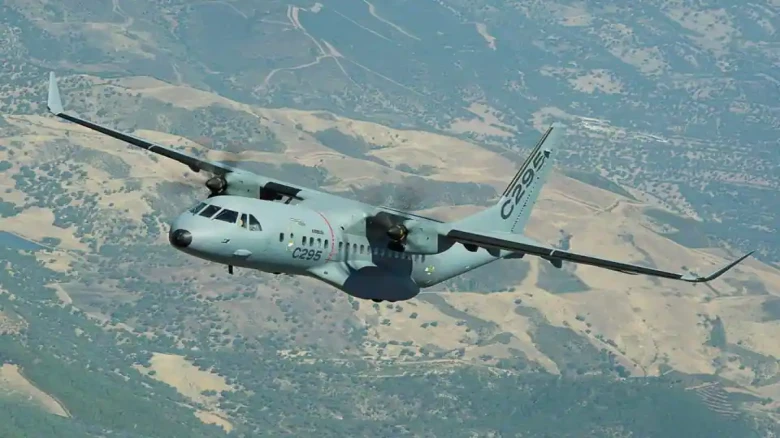Regional

Along the northern frontiers, including eastern Ladakh and North Sikkim, these cutting-edge multifunctional vehicles will also be used in high-altitude regions up to 5,000 meters above sea level, hilly terrain with snow-covered places, and another challenging terrain.
Digital
Desk: The Indian defence industry is more daring
than ever and is arming itself daily to face any eventuality and maintain the
country's stability.
For its Mechanized Infantry and Armoured Corps, the Indian
Army intends to purchase about 800 Light Armoured Multipurpose Vehicles (LAMV).
It is intended that the LAMV be purchased in accordance with the "Make in
India" and "Atmanirbhar Bharat" initiatives.
The LAMV will be used by Reconnaissance (Recce) &
Surveillance Platoons of Mechanized Infantry and Recce Troops of Armoured Corps
for Recce & Surveillance missions, according to the Defence Ministry's
Request for Information.
The
suggested LAMV must therefore have sufficient mobility and offer protection to
the troops on board.
It
should also be able to transport the fighting loads, which comprise the guns,
ammo, surveillance, and communication gear necessary to complete the needed
operational tasks.
The
LAMV should be designed in a modular manner to allow for future upgrades
through straightforward modifications and to speed up development.
In the
plain and desert terrain along the Western borders, the LAMV will be used for
on-road and cross-country mobility.
mso-fareast-font-family:"Times New Roman";color:black">
Along the northern frontiers, including eastern
Ladakh and North Sikkim, these cutting-edge multifunctional vehicles will also
be used in high-altitude regions up to 5,000 meters above sea level, hilly
terrain with snow-covered places, and another challenging terrain.
The
Indian Army made a statement regarding the operational requirements, stating
that it aimed to conduct silent reconnaissance and ongoing surveillance of the
intended area of operations with protected mobility in the fight field and
offer an early warning and intelligence of hostile elements.
In
addition to combining with dynamic resources like drones and loitering munitions,
it will be utilized to transport weapons, ammunition, surveillance, and
communication equipment.
The Defense Research and Development Organization (DRDO), on
the other hand, ran a successful test programme for futuristic unmanned aircraft.
According to sources, the DRDO successfully completed the
first flight of the "Autonomous Flying Wing Technology Demonstrator"
from the Aeronautical Test Range in Chitradurga, Karnataka, marking a
significant advancement in domestic flying technology.
The aircraft demonstrated a flawless flight while operating
in fully autonomous mode, including takeoff, waypoint navigation, and a soft
touchdown.
Congratulating DRDO on this significant
accomplishment Congratulations to @DRDO India on the Autonomous Flying Wing
Technology Demonstrator's successful first flight from the Chitradurga ATR,
wrote Defence Minister Rajnath Singh in a tweet. It is a significant
development for autonomous aircraft that will open up opportunities for
Aatmanirbhar Bharat in terms of important military systems.
The Unmanned Aerial Vehicle was created and developed by the Aeronautical Development Establishment (ADE), a top research facility of DRDO.
It is propelled by a tiny turbofan motor. It also includes an airframe, a
chassis, a flight control system, and avionics. Notably, India is responsible
for the development of all of these components.
The
capital acquisition proposals received approval of necessity (AoN) from the
defence acquisition council (DAC), the top procurement body in India. AoN by
the council, led by Defence Minister Rajnath Singh, is the initial stage in
purchasing military equipment according to Indian defence procurement
regulations.
In
order to increase self-reliance, India has banned the import of 310 different
types of weaponry and systems over the past two years. This includes
next-generation corvettes.
mso-fareast-font-family:"Times New Roman"">
mso-fareast-font-family:"Times New Roman"">
Leave A Comment